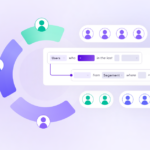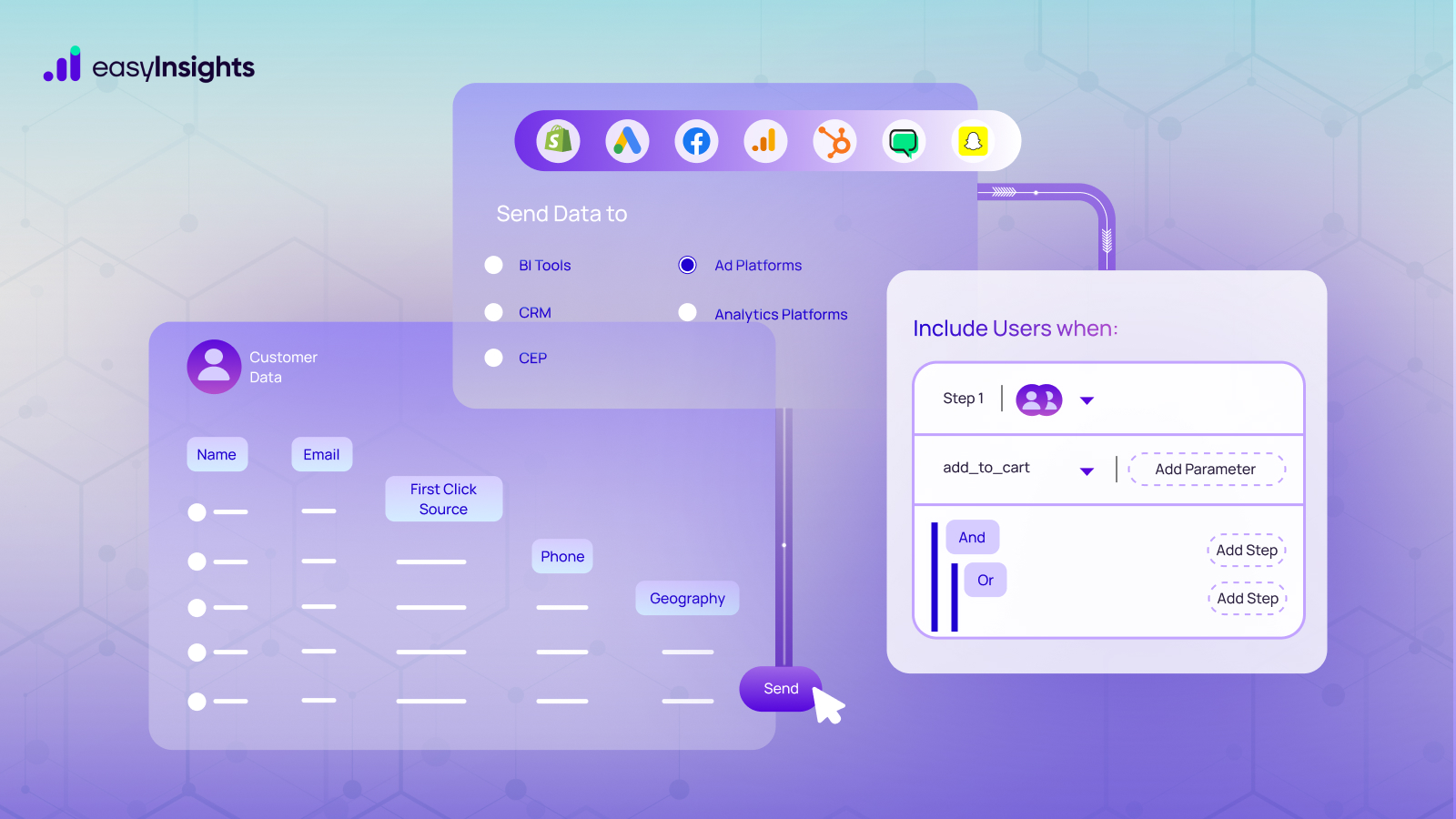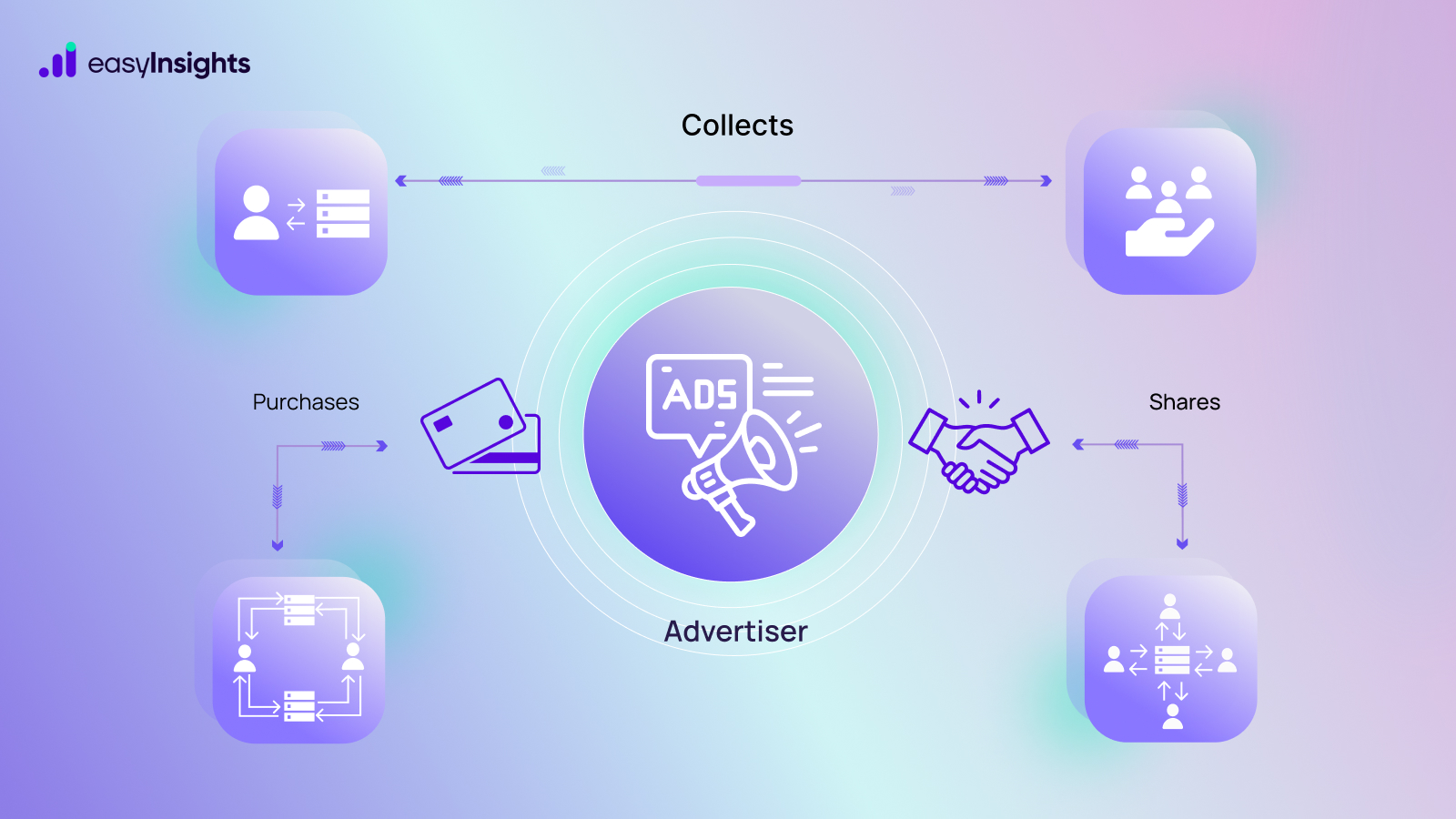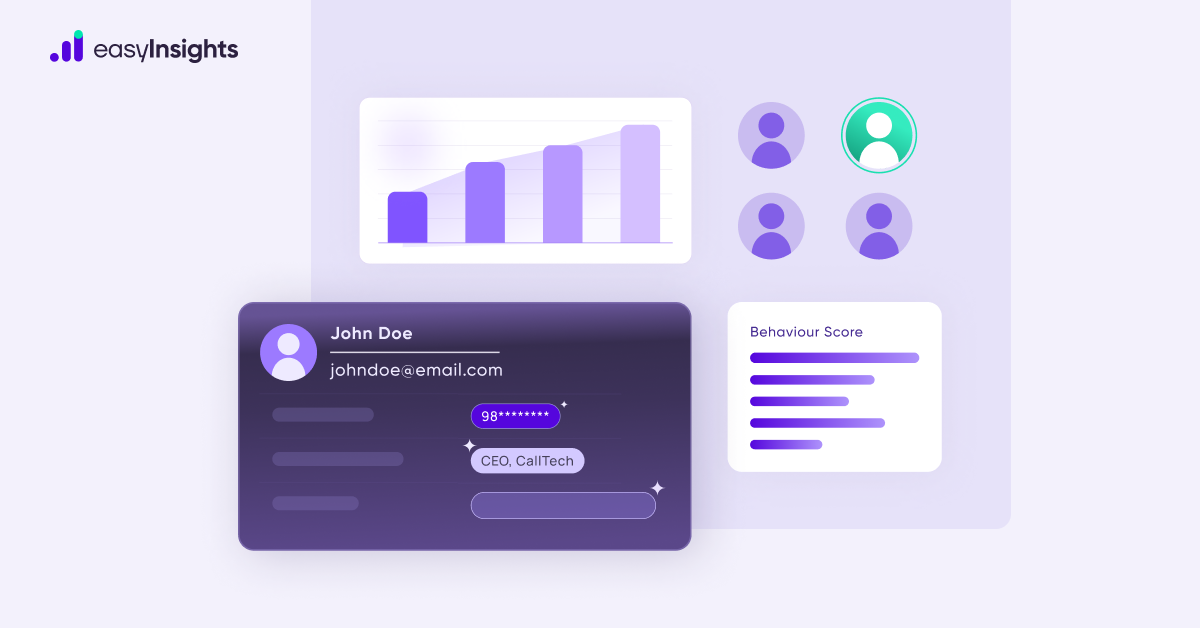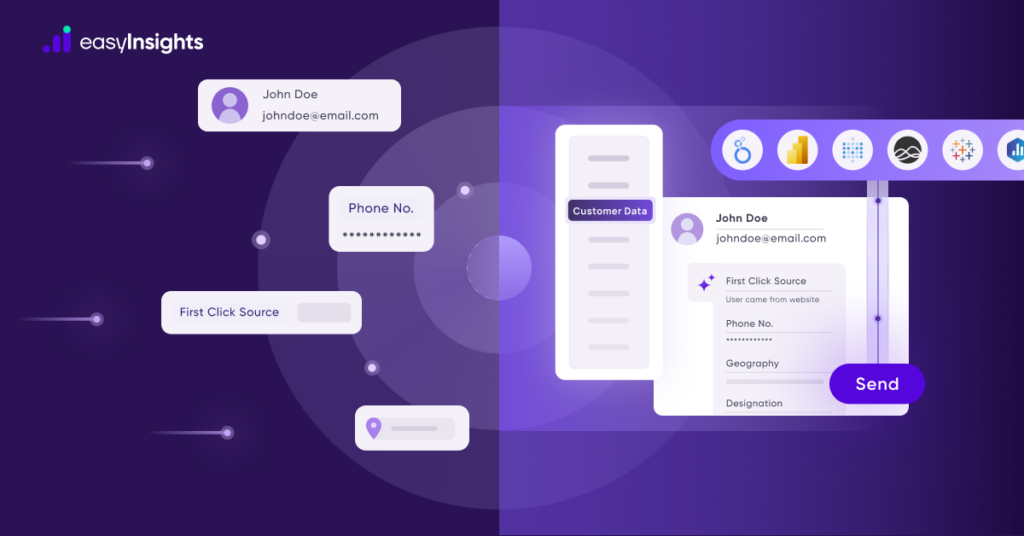
Today, the average user is exposed to approximately 10,000 ads every day. Considering this, businesses have to work relentlessly to keep their target audience’s attention long enough to generate interest.
The success of your ad campaigns ultimately boils down to how well you know your customers. Having a complete view of who your customers are, what they like and dislike, etc., is essential to creating campaigns that resonate with them.
But with the number of customer touchpoints growing in the digital era, gaining a thorough understanding of your customer can seem challenging. This is why marketers need Customer 360.
Here, we discuss everything you need to know about Customer 360, including interesting use cases to help you start leveraging it right away.
Jump ahead to:
What is Customer 360?
Customer 360 is a framework that offers you a complete 360-degree view of your customer by consolidating all customer data from various sources into one single actionable profile.
Also known as a Single Customer View (SCV), Customer 360 essentially aims to eliminate siloed data and ensure all customer data is in one place, allowing the different business departments to function on a single source of truth.
This unified customer view includes every relevant data point on a customer – from background information such as contact info to their experiences on your platform. So, it is an important resource if you’re looking to understand your audience better.

To show you just how powerful Customer 360 is, here are some metrics you can expect to analyze through this framework.
- Customer Demographics: It includes personal information such as name, contact details, occupation, etc., familial information such as children, partners, etc., and public details such as regional demographics, insolvency records, etc.
- Interaction History: Data on interaction across social media platforms, customer service, and physical stores.
- Product Activity: Data on preferred stores, favored items, purchase triggers, purchases, returns, reviews, etc.
- Marketing Data: This includes predicted lifetime value, average transactions, changes in buying behavior, success of campaigns, etc.
Benefits of Customer 360
A survey conducted by HBR found that 45% of respondents want a unified view of their customers when trying to drive the efficiency of customer-facing initiatives. With Customer 360, you don’t just get this but a lot more. Here’s a look at what you gain with Customer 360.
- Helps Personalize Customer Experiences
Customer 360 gives you an enhanced and granular view of your customer behavior. This, in turn, helps you improve your targeting efforts and offer customers campaigns that resonate with them. Whether it’s content, new offerings, or product recommendations, Customer 360 allows you to personalize your customer experiences by empowering you to tailor interactions according to the customer.
Further, according to Epsilon, 80% of consumers are more likely to do business with a company that offers personalized experiences. With Customer 360, you can personalize your ad campaigns more effectively by knowing exactly what works and what doesn’t for your target market.
- Reduces Costs by Facilitating Data-Driven Decision Making
By making data-backed decisions about costly business verticals such as product lines, sales initiatives, and marketing, you can maximize your ROI and reduce your costs significantly.
And you get valuable insight with Customer 360. Its comprehensive view of the customer allows you to segment customer groups efficiently, create more successful marketing strategies, and drive targeting like never before.
Its concrete data gives you the ground reality of how customers perceive your products, whether there is a need for improvement, and the like.
- Drives Customer Loyalty
By helping you improve a customer’s experience, Customer 360 essentially enables you to optimize customer engagement, resulting in a greater lifetime value. In fact, 56% of customers say they feel more loyal to brands that “get them.”
Customers will naturally stick around with businesses that meet and exceed their needs. With Customer 360, you can achieve this and drive customer loyalty.
Customer 360: How Does it Work?
Customer 360 requires collecting and transforming data from multiple business systems to create a unified view of your customers. So it’s obvious that you’ll need some specialized tools.
In most cases, brands rely on a standalone Customer Data Platform (CDP), or they turn their existing data stack into a CDP using tools like EasyInsights. Regardless of the approach, creating a customer 360 includes these key steps:
- Collecting Data
Data collection for Customer 360 involves gathering data from multiple sources such as SaaS applications, clickstream data, event collection, and the like. By collating such varied data, Customer 360 allows you to gain a multifaceted view of your customer.
- Ingesting Data
The next step involves taking that collated customer data and consolidating it into a data warehouse. Here, the data is combined and aligned into a unified structured format for easy navigation.
- Preparing Data
This step involves organizing the data into tables and preparing it for analysis. While the data was accessible in the sources from where it’s been pulled from, it was not necessarily ready to use. Ensuring the right data format is implemented is crucial for effective data analysis.
- Identity Resolution
This refers to linking user actions to various customer touchpoints with the aim of forming an identity graph. An ID graph is a visual representation of the data that shows the connection between unique customer identifiers and a single customer. This is essential as it helps you attribute particular behavioral actions to specific customers.

Use Cases of Customer 360
Here are some ways in which Customer 360 can help you drive the efficiency of marketing activities:
- Personalize Marketing Campaigns
As discussed previously, the comprehensive view offered by Customer 360 can help you personalize your marketing activities significantly. By gaining granular insight into what your customers respond to the most, their preferences, and their purchase triggers, your marketing campaigns can now speak more directly to the customer.
Further, considering that 71% of consumers expect personalization today, this is more important than ever. Leverage Customer 360 to help create high-performing marketing campaigns to see your customer engagement soar.
Additional read: How Data Activation Will Transform Performance Marketing In 2024
- Improve Audience Segmentation
Collating data from multiple sources results in more data points to help create segments from. This, in turn, helps target the correct audience.
With Customer 360, you can segment your customers depending on similar traits. For instance, you can create an audience of customers that have a high engagement with Instagram ads. You can then offer this group of customers special discounts and offers as incentives.
- Improve Customer Support
Another way Customer 360 helps is by facilitating improved customer support. Representatives can now access information such as past orders, pending orders, billing details, and such to address customer queries and issues swiftly.
This results in quicker resolution and more satisfied customers.
- Cross-sell or Upsell Your Customers Effectively
A 360 view of your customers can also help you identify opportunities to cross-sell and upsell. With insight into past orders, buying patterns, purchase triggers, and preferences, you can retarget customers with customized ads and nudge them back into the buying journey once again.
- Drive Analysis
Customer 360 brings all relevant data to one place. This allows you to analyze the complete customer journey in one go to help recognize improvement opportunities and make data-backed decisions. Not only that, it can also help you understand and measure the effectiveness of marketing campaigns and identify areas that need work.
For instance, you might find certain types of ads aren’t gaining a healthy number of clicks while others are. This will prompt you to tweak your campaigns to improve performance and create better ones in the future.
Additional read: The Ultimate Guide to Marketing Data Warehousing – Marketers & Analysts Edition
EasyInsights and Customer 360
Customer 360 helps marketers create actionable customer profiles and facilitates robust marketing strategies with valuable customer insights. Integrating this into your marketing efforts is a sure-shot way of driving your campaign’s success. But, if you want to stay ahead of the curve, check out EasyInsights.

Being a composable CDP, EasyInsights seamlessly fits right in your tech stack like a missing puzzle piece. It also brings your entire customer data workflow under one roof.
You can source data from any number of sources, helping you collate all customer data into a single customer view (SCV). It lets you format collected data, fill missing gaps, and enrich it using third-party sources. Moreover, its segmentation and multi-channel attribution capabilities let you activate data to your various marketing tools.
Bridge the gap between data and marketing teams with EasyInsights.
Book a demo today to see the tool in action!



